
“How am I supposed to do guided reading with my students who when they don’t even know their letters?” If you’re a kindergarten teacher, you’ve probably asked this question. The answer is a Pre-A guided reading lesson.
Pre-A readers are students who are not quite ready to ready to read text. These are students who usually know less than 40 letters (uppercase and lowercase). They often need to work on concepts of print and phonological awareness skills.
Sometimes called a Level AA guided reading lesson, a Pre-A guided reading lesson focuses on the important foundational skills a student will need in order to read.
What To Work On With Pre-A Students
Before you decide what to include in your Pre-A guided reading lesson, you will want to assess your students. Students at a level AA guided reading level can have a wide variety in their skills.
Some students may have strong concepts of print but be unable to identify letters or letter sounds. Others may know a majority of their letters, but be unable to apply that to a level A text.
Before you plan, you will want to assess your Pre-A students on these skills:
- Recognizing and writing their name
- Letter ID
- Letter Sounds
- Concepts of Print (letters vs words, reading left to right, etc)
- Phonological Awareness (rhyming words, syllables, first sound)
What to Plan For Your Pre-A Guided Reading Lesson
Once you have assessed your students, you can start planning your Pre-A guided reading lesson. You may not need every part of a normal Level AA guided reading lesson. Pick and choose based on your students’ needs.
Usually at the beginning of the year, my Pre-A students need to work on recognizing and writing their names.
I like to have my guided reading small groups begin with a name activity. Once they learn the routine, my students can do this activity independently. This is helpful because students can get right to work while friends are still making their way to my table.
One of my favorite name activities is name puzzles. You can differentiate this by giving students a model of their name for support. Once students can build their name independently, you might take away the model.
You can also make more or less cuts in the name puzzles. At first, you might just cut students’ names in half. Eventually every letter will be cut apart.
Alphabet Activities for Pre-A Guided Reading
Alphabet practice is a big part of our Pre-A guided reading lessons. Since this can include a wide range of skills, I try to group students with similar needs.
Alphabet skills you might work on include:
- Letter discrimination
- Sorting letters by shape
- Matching letters to an alphabet chart
- Matching uppercase and lowercase letters
- Naming letters
- Identifying letter sounds
- Identifying beginning sounds
One of my favorite alphabet activities during our guided reading small groups is to have students match letters to an alphabet chart.
If this gets old, you can make it new again by having students shake up letters in a can, spill them, and then match them.
Being able to discriminate between letters and identify them even with a different font is important. Not every book will have the same font!
I choose a letter most students know and a letter they are still learning to sort.
We also use do our alphabet chart routine every single group. You can use an alphabet chart or an alphabet tracing book for this routine.
Together, we will point to each letter and say the letter, picture, then the letter sound. I have seen the most growth in letter ID and sounds with this routine. We do the same alphabet chart routine during our morning meeting.
This may be an unpopular opinion, but I don’t think students need to be able to name the majority of their letters before moving on to Level A. To me, it’s more important that students are able to identify what sounds a letter makes. This will help them decode.
Phonological Awareness Activities for Level AA Readers
Phonological awareness activities are also a big part of our guided reading small groups. Having strong phonological awareness skills is essential for reading success.
Phonological awareness skills we might work on:
- Identifying rhymes
- Producing rhymes
- Clapping syllables
- Counting syllables
- Identifying whether words begin with the same sound
- Identifying first sounds in words
This can be a quick part of your lesson! One activity we love is thumbs up/thumbs down. I say two words. If they [rhyme, start with the same sound, etc] students give me a thumbs up. If they do not, students give me a thumbs down.
Picture sorts are also an easy, hands-on activity. Students can sort pictures by ending rime, number of syllables, or beginning sounds.
Concepts of Print Activities for Kindergarten
Concepts of print and book handling skills are so important for emergent readers. I will choose an activity based on what my students are struggling with.
Students need to understand the difference between letters and words. They need to understand that letters build words before they can decode. This lesson will help give them a strong understanding.
Once students know what a word is, they can practice pointing one to one and counting the words in a sentence.
After that, students can work on reading left to right. This activity is one of my favorites for practicing reading left to right.
Students will move a counter left to right under the pictures. As they do, they will say the picture words.
Level AA Books for Pre-A Guided Reading
Of course, we need students to practice actually handling a book and reading during guided reading, right?
Depending on where my students are, I use both level AA and level A books during my Pre-A guided reading lessons. Level AA books usually include one sight word and a picture word.
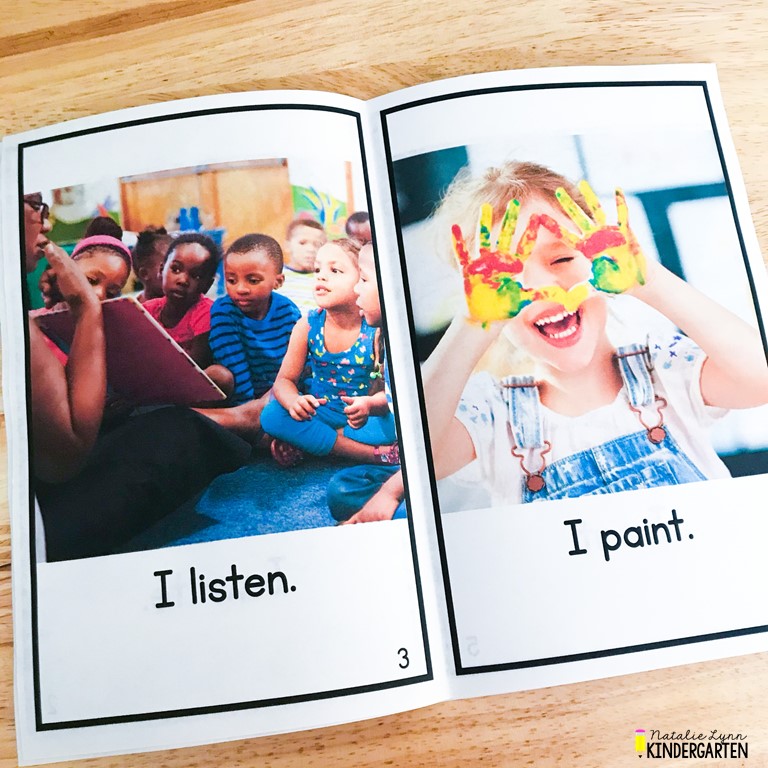
Level AA books are perfect for emerging readers who are just getting used to pointing one to one and tracking text. They also help build reading confidence as students become able to read them themselves.
Once my students can track text one to one and follow a longer pattern, I begin using Level A books. These books include sentences with 3-5 words. They have the same word pattern on each page.
Mixed Up Sentences and Guided Writing
After we read our book, we complete a mixed up sentence and guided writing. The sentence I choose is simple (3-5 words) and includes the sight word or pattern in our book.
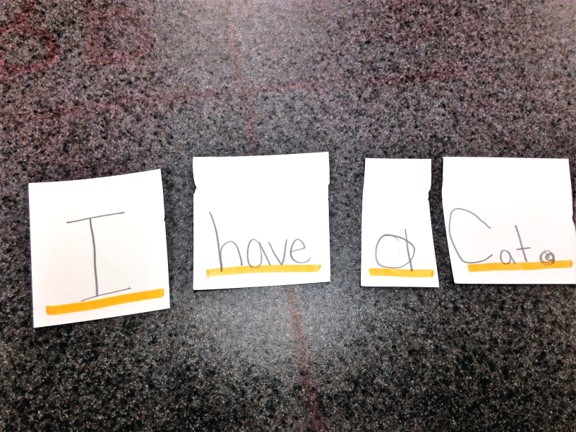
I will use a long sentence strip and draw a line for each word. We will say the sentence several times together while pointing to the lines.
Then, I will have the students help me write the words, with one student writing a word on a line. For words that are not sight words, I will have the students identify the beginning sound and then write only the first letter.
After we write all the words, we will say the sentence again.
Then, I cut up the sentence into words. Each student gets a word. Together, we will fix the sentence and then read it again. I let one student take the sentence home to fix with their family.
Need Pre-A Guided Reading Lessons and Materials Ready to Go?
My Pre-A guided reading unit contains everything you need to teach your Pre-A guided reading groups. It includes 12 Level AA guided reading books, lesson plans, and materials to teach concepts of print, names, and letters.
If you are distance learning in kindergarten, this unit also includes digital guided reading books and digital word work and concepts of print activities.
Grab the Pre-A guided reading unit here!
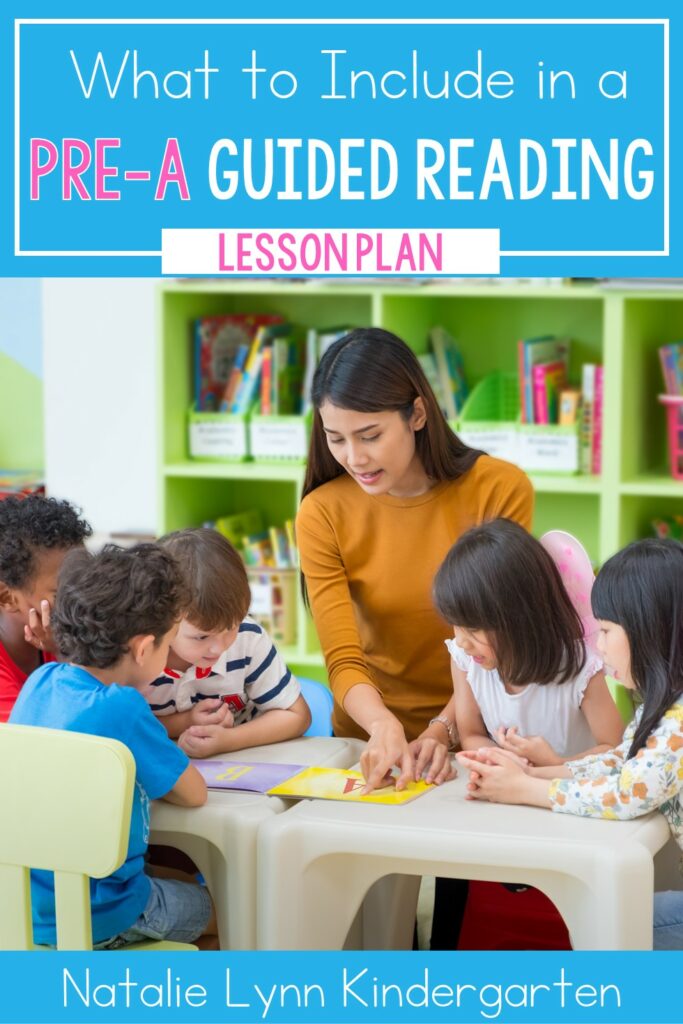

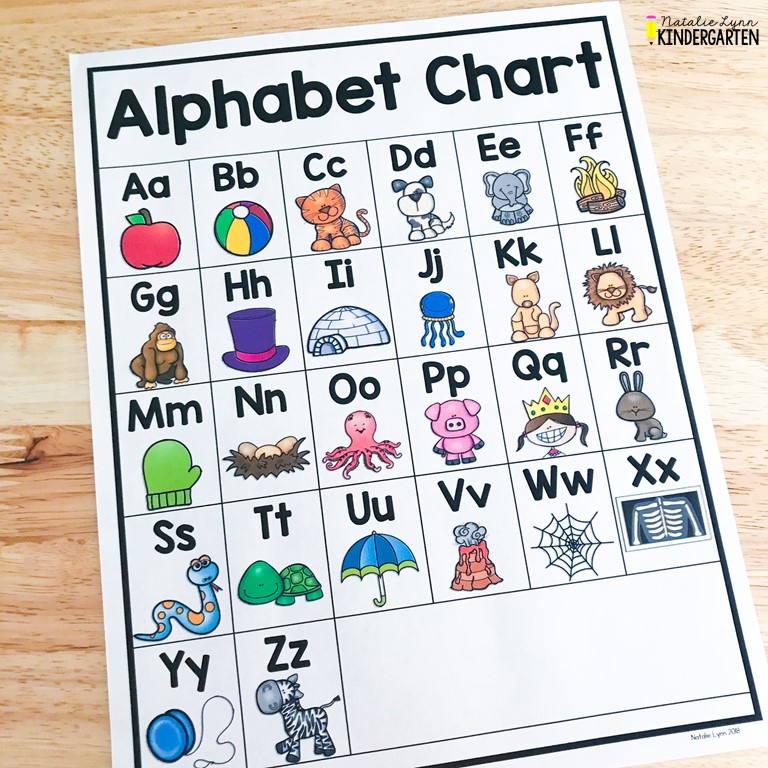

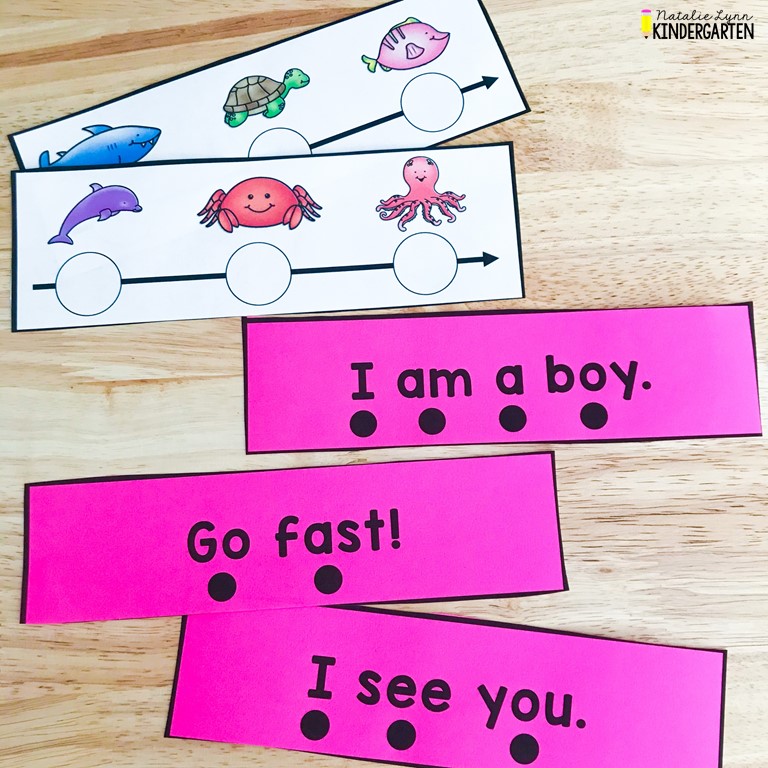

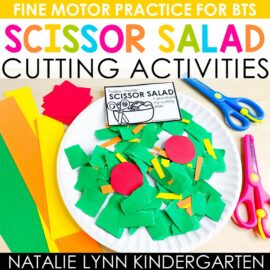



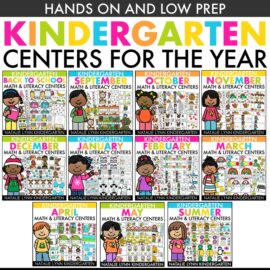
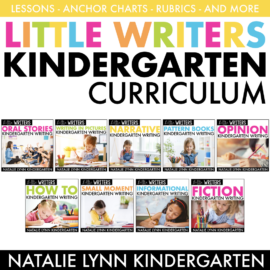
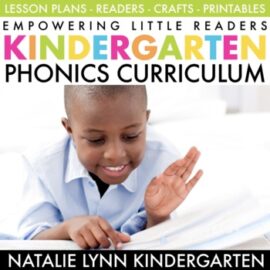
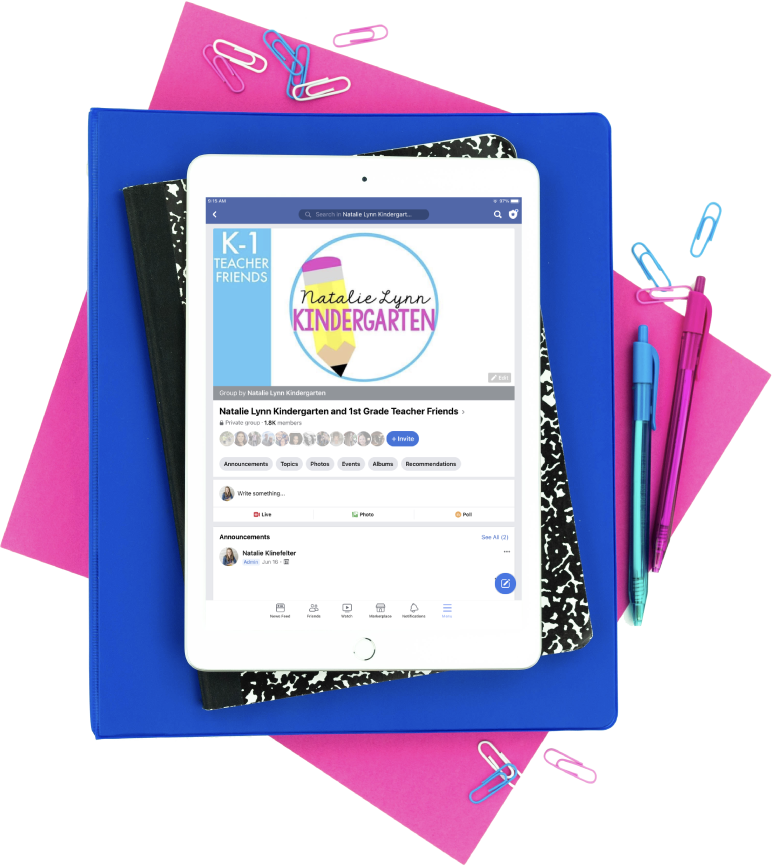

Thank you for sharing! This material is really helpful for beginner readers.
These resources have great visuals! Thank you for sharing your ideas for how you work with level aa readers in your classroom.
This really helped. This is my first year teaching such low students and this gave me a structure to follow.
I’m so glad it was helpful to you!
Hi Natalie,
I tried to find the reading left to right picture strips in you TPT shop, but couldn’t find it. Can you please let me know in which packet they can be found?